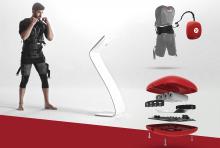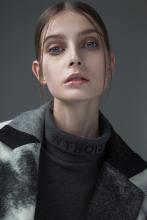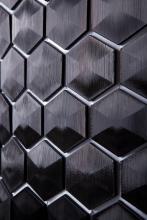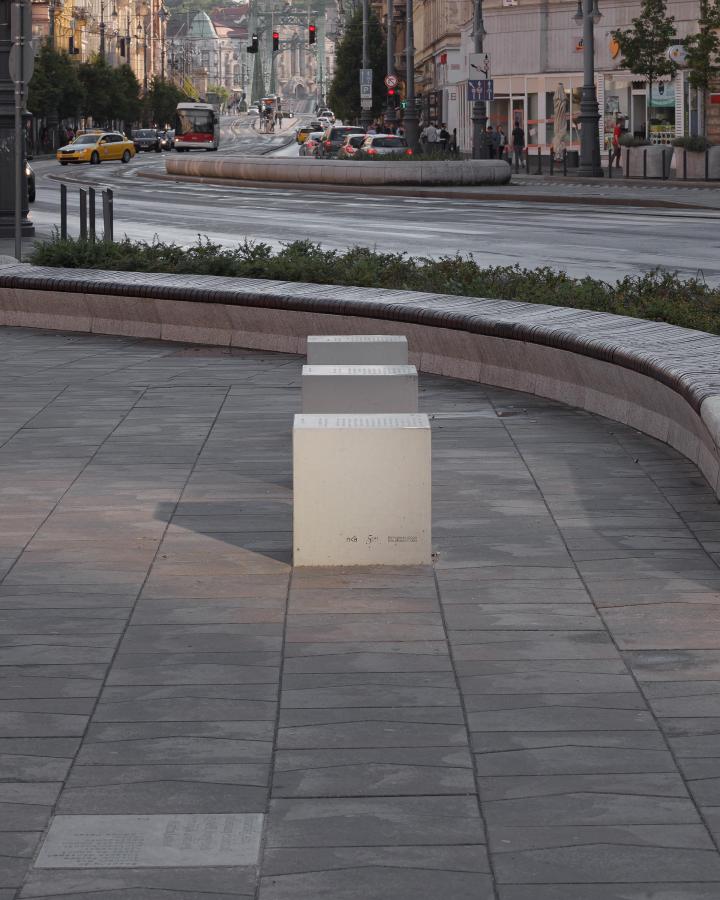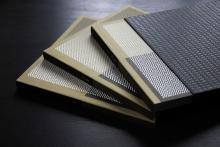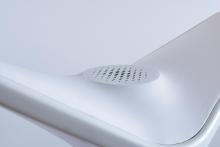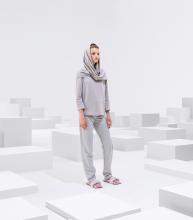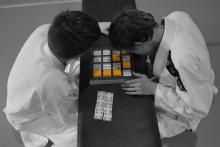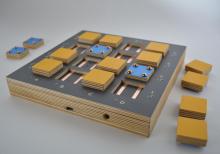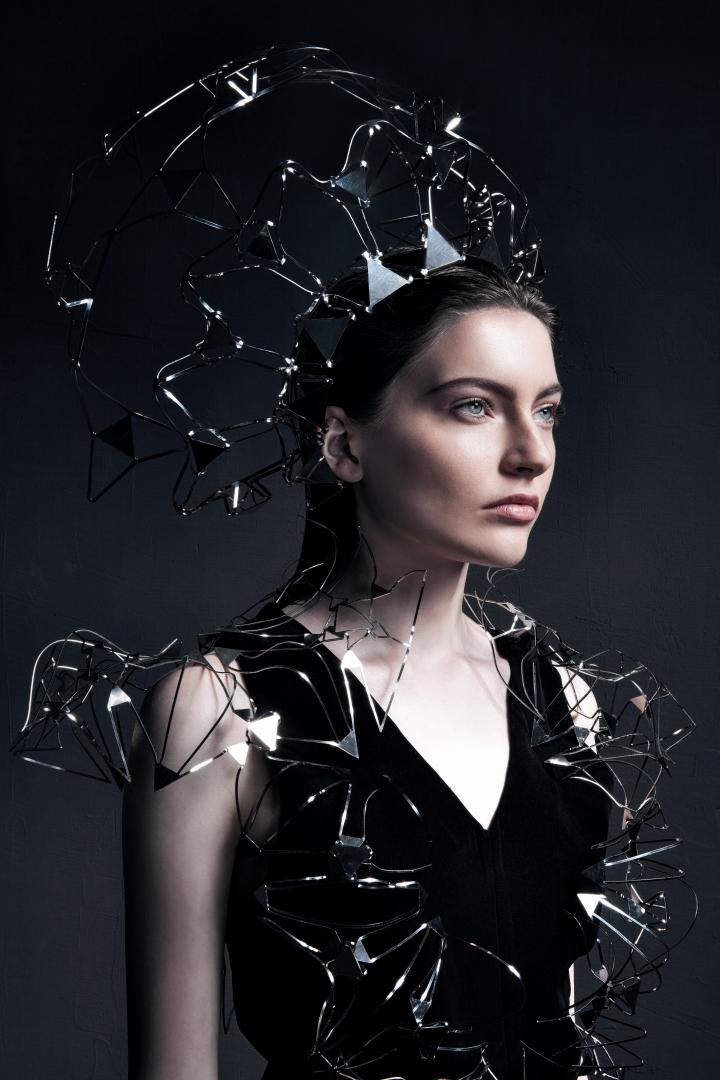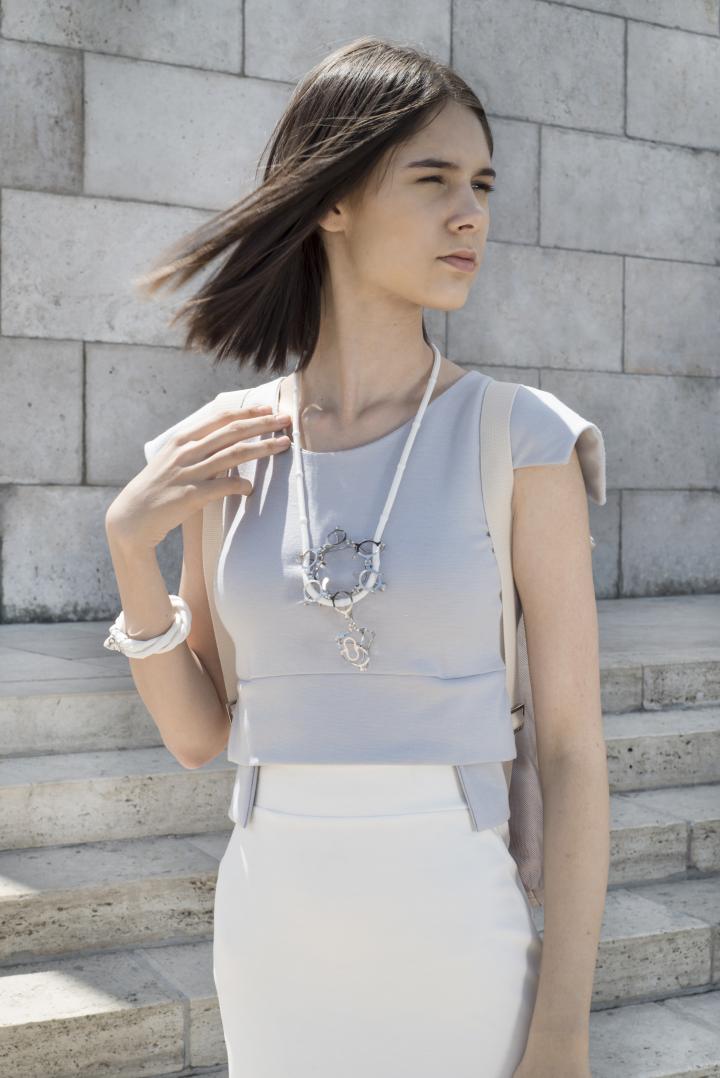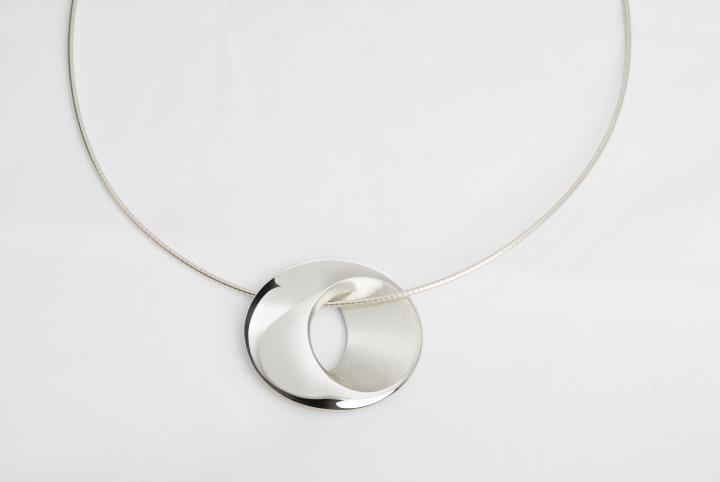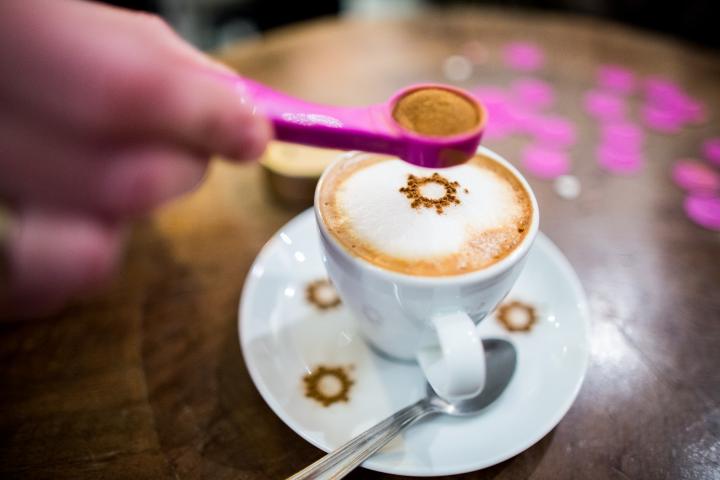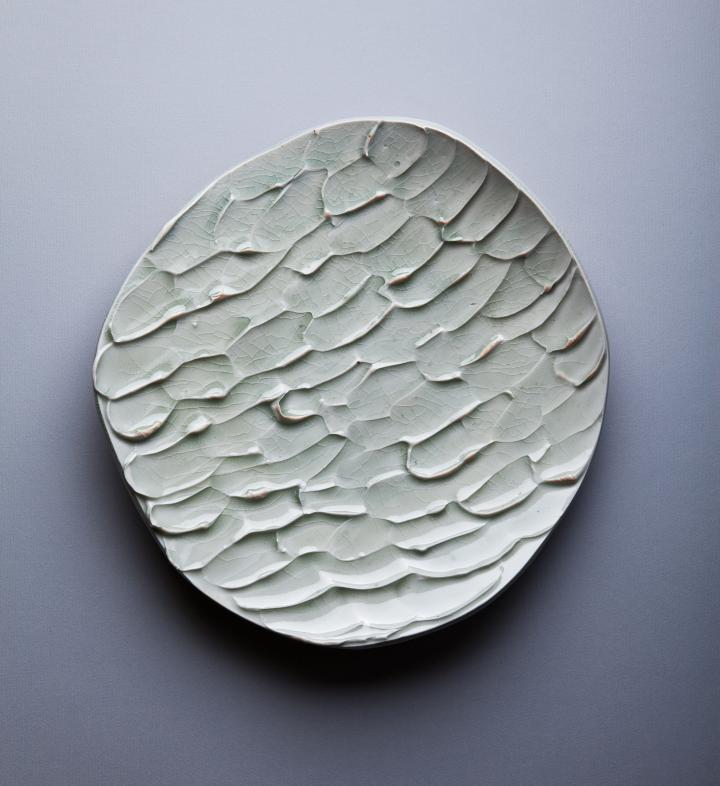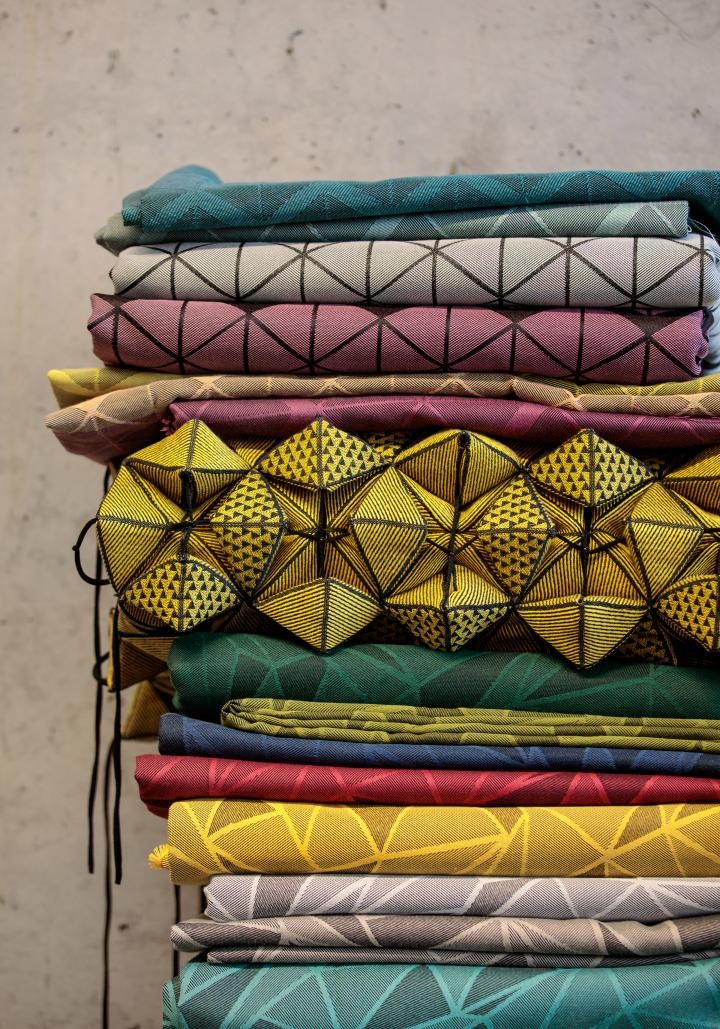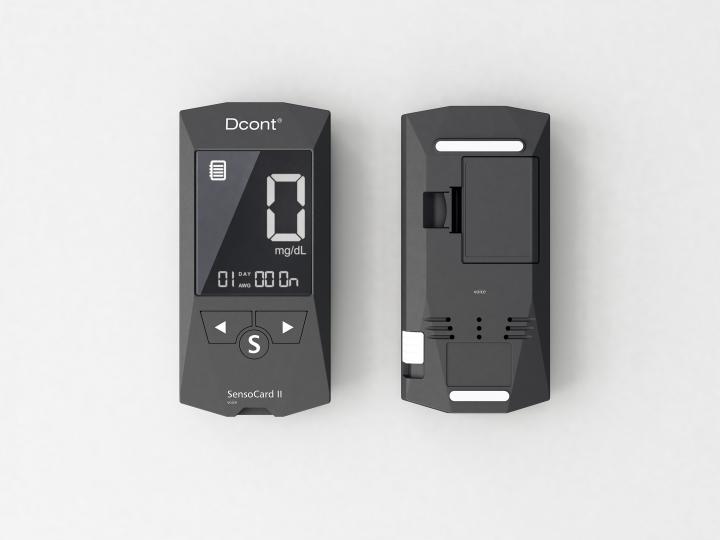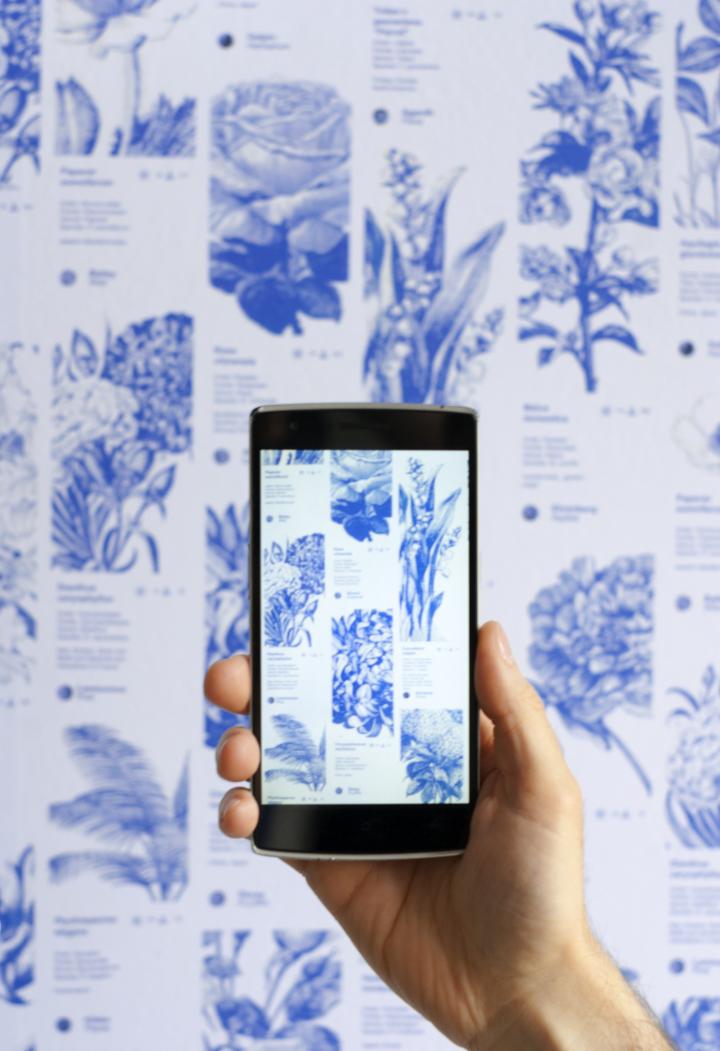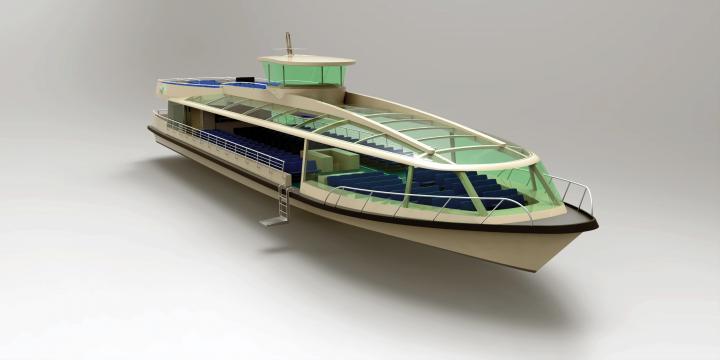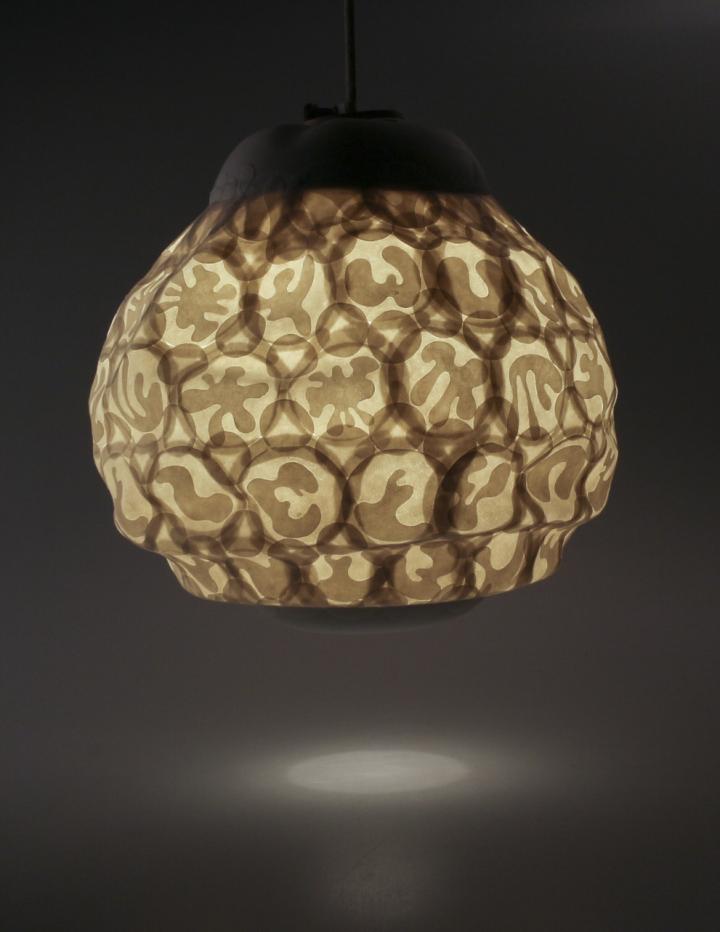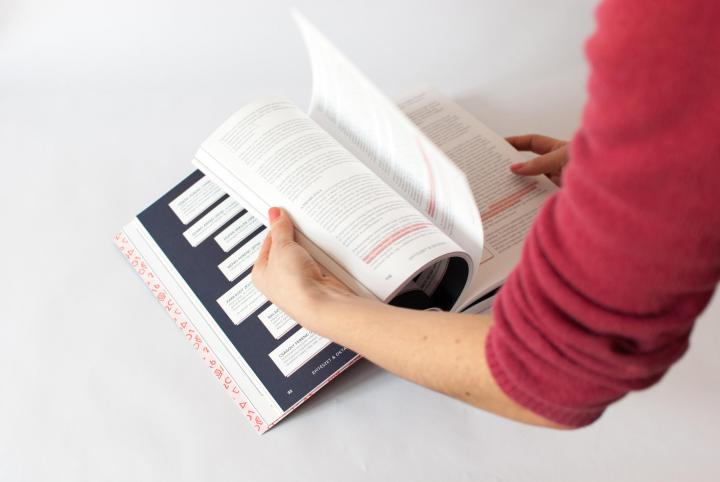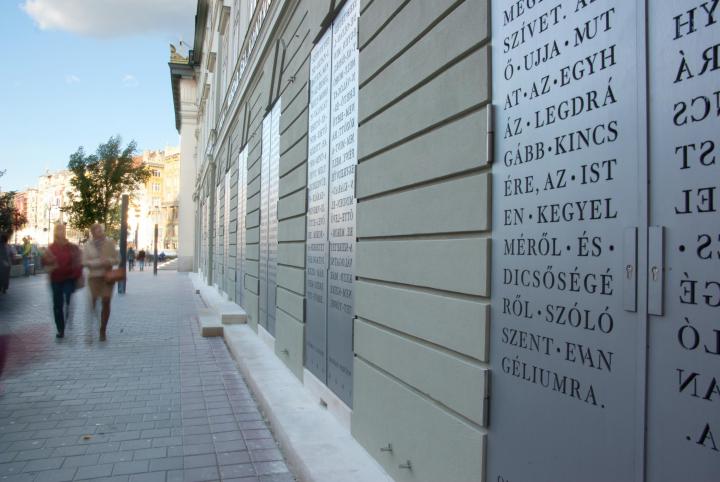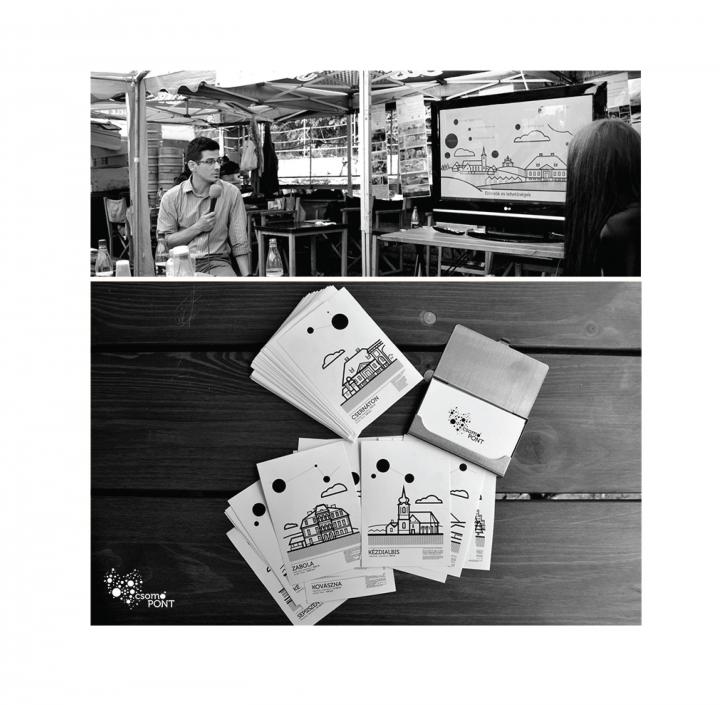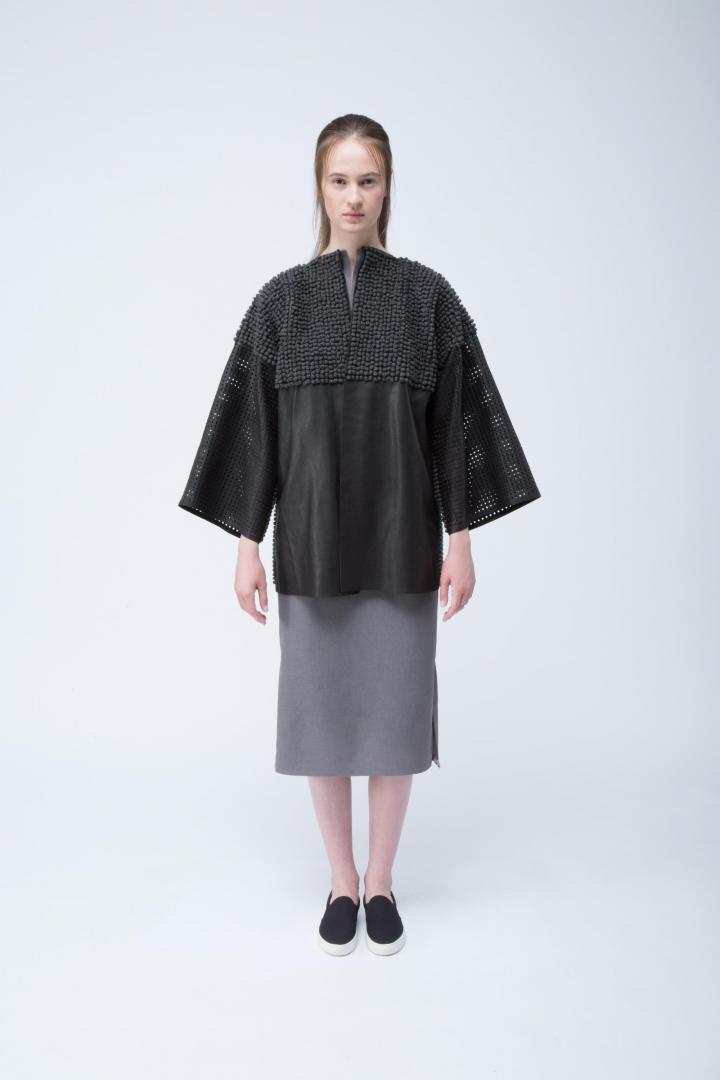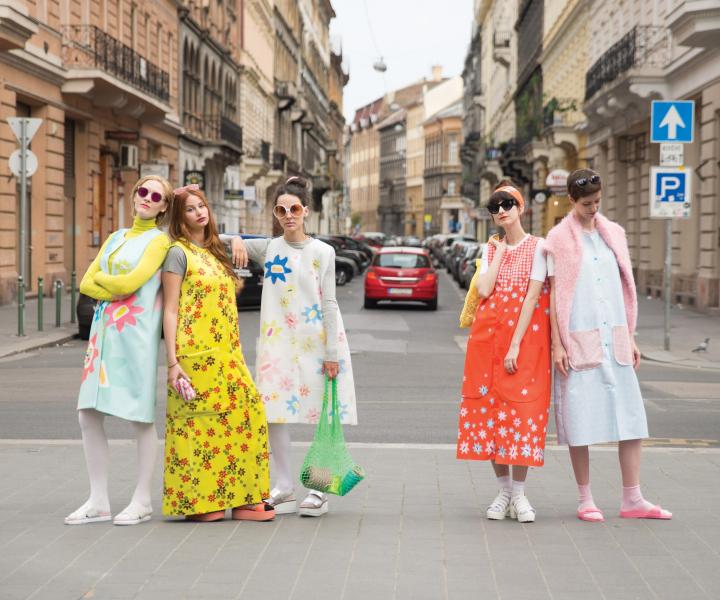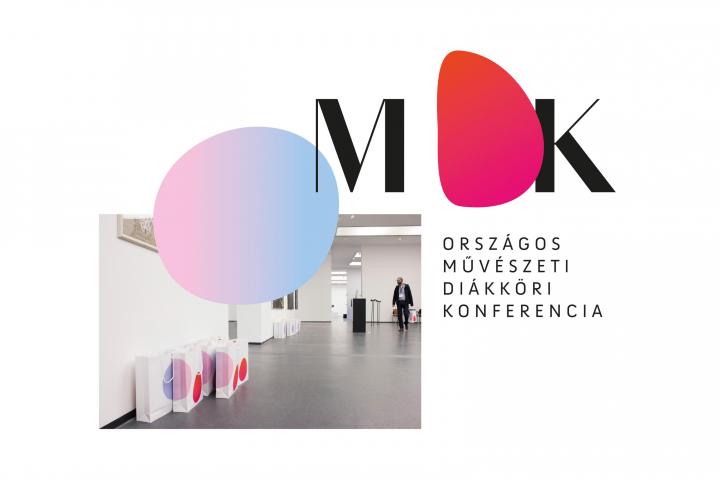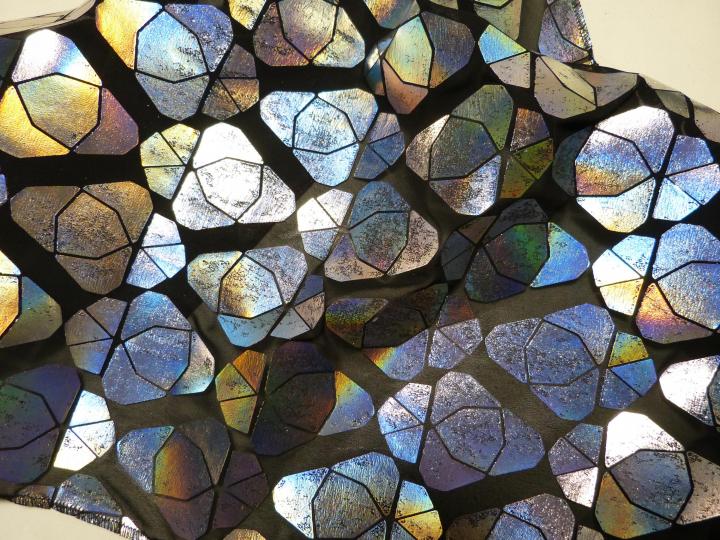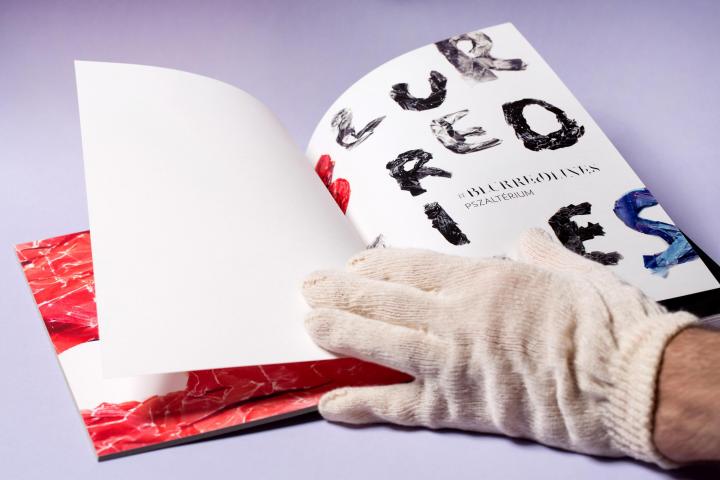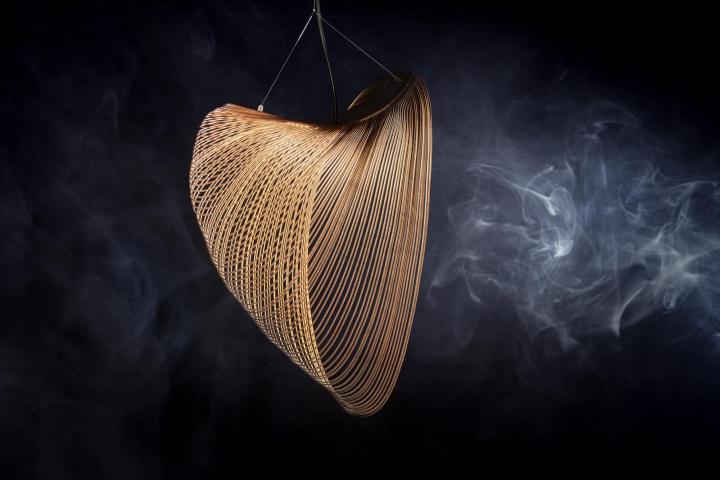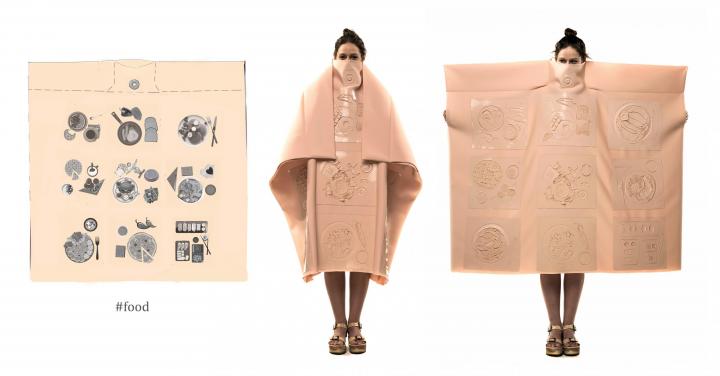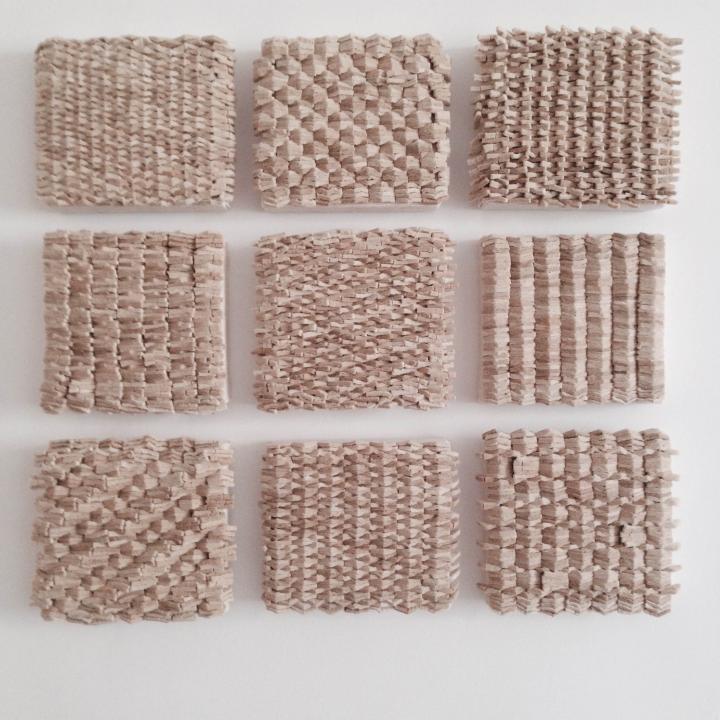Hungarian Design Award Winners 2017
Product category
Xbody Actiwave – smart wireless fitness device
Jury statement:
Maform’s design team was asked to develop a supplementary element of a Hungarian product that is already successful on the market – a task among the most challenging due to the many constraints involved. A smooth sea does not make a skilled sailor, goes the saying, and indeed, even though the team had to use materials with different characters, they came out with a product thought through in every detail of its appearance and ergonomic design. It is great news that Maform also developed the mechanical design of the product's casing. The latter two features clearly show that XBody has been given a world standard design that perfectly supports and accentuates its unique inner content patented by XBody Hungary Ltd.
WYHOYS – 2017/2018 autumn-winter collection
Jury statement:
In its collections WYHOYS addresses current global environmental and social issues such as environmental pollution and the disruption of the earth’s ecological balance. The mission of the brand is to invest some of the income from its sales into solving global problems that inspire the products. The award-winning collection is based on one of its iconic pieces: a felt coat made of Australian merino wool with a black and white graphic design reminiscent of oil slicks. Wool threads of different colours are intertwined symbolising the connection between water and oil; the rest of the collection echoes this pattern. The jury highly valued the responsible design attitude and the competitive and professional design of forms. Another noteworthy aspect of the collection is the use of certified eco-friendly raw materials, threads and dyes, which re-enhances the brand’s fundamental concept.
Concept category
IORA modular system
Jury statement:
The analysis and inclusion of various functions resulted in the IORA modular system, which is linked to its users at multiple levels. Thanks to the modular system the designer developed, users are able to ’build’ their own bags with varying forms and colours. The component units are easy to produce and replace. The construction made up of main nodes and flexible joining elements can be assembled and disassembled, allowing users to have a customised product and thus feel connected to it at many levels. The variability of form also provides users with the freedom to come up with individual solutions that result in a more personal relationship with the object. The structure of the modular system is distinguished by high-degree precision, high quality and a mature design of form; the project is also characterised by the systematic and thorough analysis of technological innovation and functional requirements.
SHOKA innovative cycling tool
Jury statement:
SHOKA is at once complex and simple: it is a modern device with a variety of functions (light, bell, navigation system, alarm and a traceroute tool) and easy operability. It is conspicuously practical, while it has an attractive design and thanks to its complex functions it links a vehicle looking back on a tradition of some 200 years with today’s world of smart phones and GPS navigation, in which the bicycle is living its renaissance. The cycling subculture is developing in Hungary too but the framework for cycling and the attitude of cyclists still leave much to be desired. SHOKA is the result of a significant innovation development and is close to being a ready product. It is certain to become a market success, and, importantly, it has the potential to become a cultic device contributing to the improvement of cycling culture.
Visual communication category - shared award
REFORM500 public installation
Jury statement:
Many organisations of the Protestant Church held cultural events to celebrate the 500th jubilee of the beginning of the Reformation. The REFORM500 project played an especially important part among these. In the urban installation project Kálvin Square as well as the connecting traffic islands and tram platforms were paved with kerbstones, and concrete plaques bearing numbered quotations by Hungarian and international figures of the Reformation were randomly laid down. The sentences on the horizontally placed tiles are aimed at attracting the attention of pedestrians to the link between the given location and the jubilee, while the sculptural spatial elements installed in the focal point of the area provide additional information and the availability of the interactive content presenting the 500 years of the Reformation. REFORM500 successfully combines the unpretentiously bold spatial representation of an urban-scale architectural concept with a clearly communicated artistic expression. An important factor in why this project received the shared award was played by the professionally implemented virtual surfaces that complemented the public installation, and by the unified visual language of the two elements.
HV_100 project – typeface design and project book
Jury statement:
Inspired by the 100th anniversary of a lesser known yet important event of cultural history – the design of the cover of the De Stijl magazine by Vilmos Huszár in 1917 – the HV_100 project is a unique undertaking aimed at connecting the past with the present. It directs attention to an era when Hungarian creative genius played an active part in shaping the most progressive international art and design movements. Although not as widely known as that of László Moholy-Nagy and Marcell Breuer, the life’s work of Vilmos Huszár was of great significance. Dóra Balla’s book, however, is more than celebrating an anniversary: it establishes a contemporary creative link with Huszár’s De Stijl design by placing it into a modern-day context. This approach forms the basis of the font concept but the publication of the 100 font sets in this volume goes well beyond the commemoration and the expression of reverence for Huszár’s work: it creates an unambiguously autonomous relation to it. The HV_100 project book summarises and documents this relationship, and thanks to its carefully elaborated design, subtle details, reduced palette and moderate gestures, it is a clear declaration of standing by the international contributions made by Hungarian culture
Student category
Vital – indoor air filter with alga technology
Jury statement:
The Vital indoor air filter with alga technology is an outstanding project which impressed the jury not primarily by the appearance of the design but much rather thanks to its experimental approach in exploring the role of design in society and the environment in a complex manner. The degree project successfully combines the research results of others: it is built on the work of James Nienow (NASA) and Alexandra Dóra Nagy, and develops them further. Ádám Vas excludes guesswork and misconceptions in connection with his idea. Not only does he have a collaborative and open attitude but incorporates into his experiment the latest technological and material research findings. He provides creative solutions to the technical challenges that arose during the design process. His Life Cycle Assessment takes the project through its entire life cycle, taking into consideration its potential impact on the environment. The research plan shows a designer sensitive to social and environmental issues.







